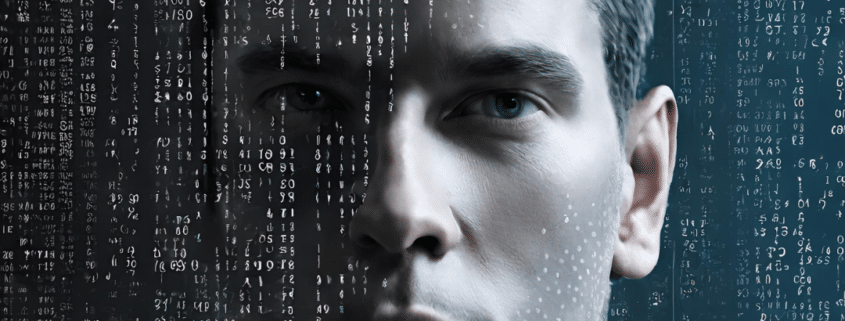A.I. Deepfake Posing as the CFO Scams $25 Million: How to Protect Your Organization from the Exploding Deepfake AI Cyber Scam
Deepfakes use Artificial Intelligence (A.I) to create fake, hyper-realistic audio and video that is generally used to manipulate the viewer’s perception of reality. In most deepfakes, the legitimate person’s face or body has been digitally altered to appear to be someone else’s. Well known deepfakes have been created using movie stars and even poorly produced videos of world leaders.
Removing the malicious part of the definition, deepfakes have been used in the film industry for quite some time to de-age actors (think Luke Skywalker in The Mandalorian) or resurrect deceased actors for roles or voiceovers (think Carey Fisher in Rogue One – okay, can you tell I’m a Star Wars geek?). Cybercriminals have latched on to the technology, using AI-generated deepfakes in conjunction with business email compromise (also known as whaling and CEO fraud) to scam organizations out of massive amounts of money.
Just recently, a finance worker at an international firm was tricked into wrongly paying out $25 million to cybercriminals using deepfake technology to pose as the company’s Chief Financial Officer during a video conference. And it wasn’t just one deepfake! The fraudsters generated deepfakes of several other members of the staff, removing any red flags that it wasn’t a legitimate virtual meeting. As a subordinate, would you refuse a request from your boss that is made face-to-face (albeit virtually)? You might be savvy enough, but most employees aren’t willing to risk upsetting their boss.
The days of just sending suspicious emails to spam is no longer adequate. Our Spidey Sense (the B.S. Reflex I talk about in my keynotes) must be attuned to more than business email and phone compromise. We have entered the age of Business Communication Compromise, which encompasses email, video conferences, phone calls, FaceTime, texts, Slack, WhatsApp, Instagram, Snap and all other forms of communication. It takes a rewiring of the brain; TO NOT BELIEVE WHAT YOU SEE. AI is so effective and believable that workers may even feel like they are being silly or paranoid for questioning a video’s validity. But I’m sure as the employee who lost their organization $25M can attest, it’s way less expensive to be safe than sorry.
The solution to not falling prey to deepfake scams is similar to the tools used to detect and deter any type of social engineering or human manipulation. Empowering your employees, executives and customers with a sophisticated but simple reflex is the most powerful way to avoid huge losses to fraud. When you build such a fraud reflex, people will be less likely to ignore their gut feeling when something is “off.” And that moment of pause, that willingness to verify before sharing information or sending money, is like gold. These are the skills that I emphasize and flesh out in my newly-crafted keynote speech, Savvy Cybersecurity in a World of Weaponized A.I.
Get in touch if you’d like to learn more about how I will customize a keynote for your organization to prepare your people for the whole new world of AI cybercrime. Contact Us or call 303.777.3221.






